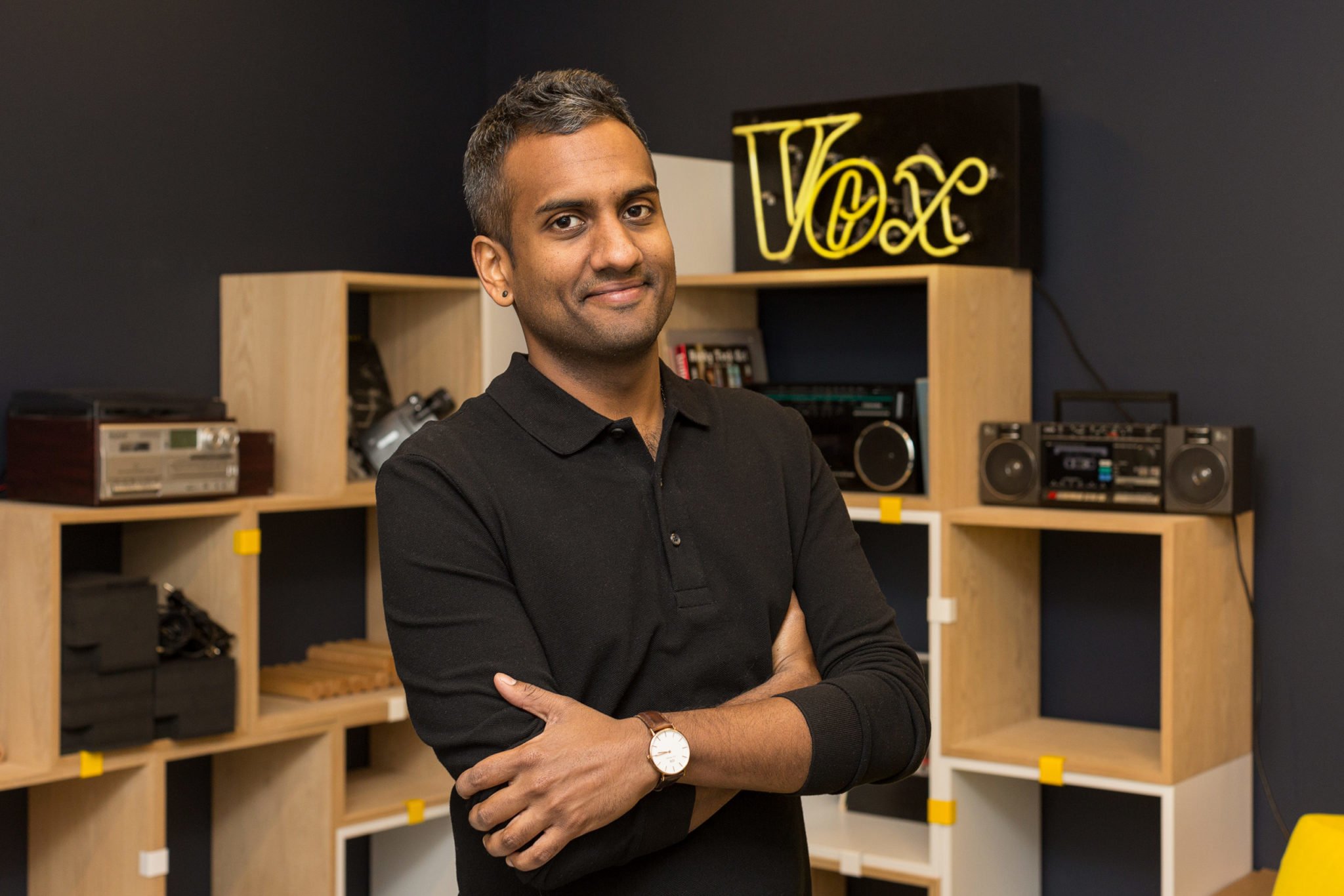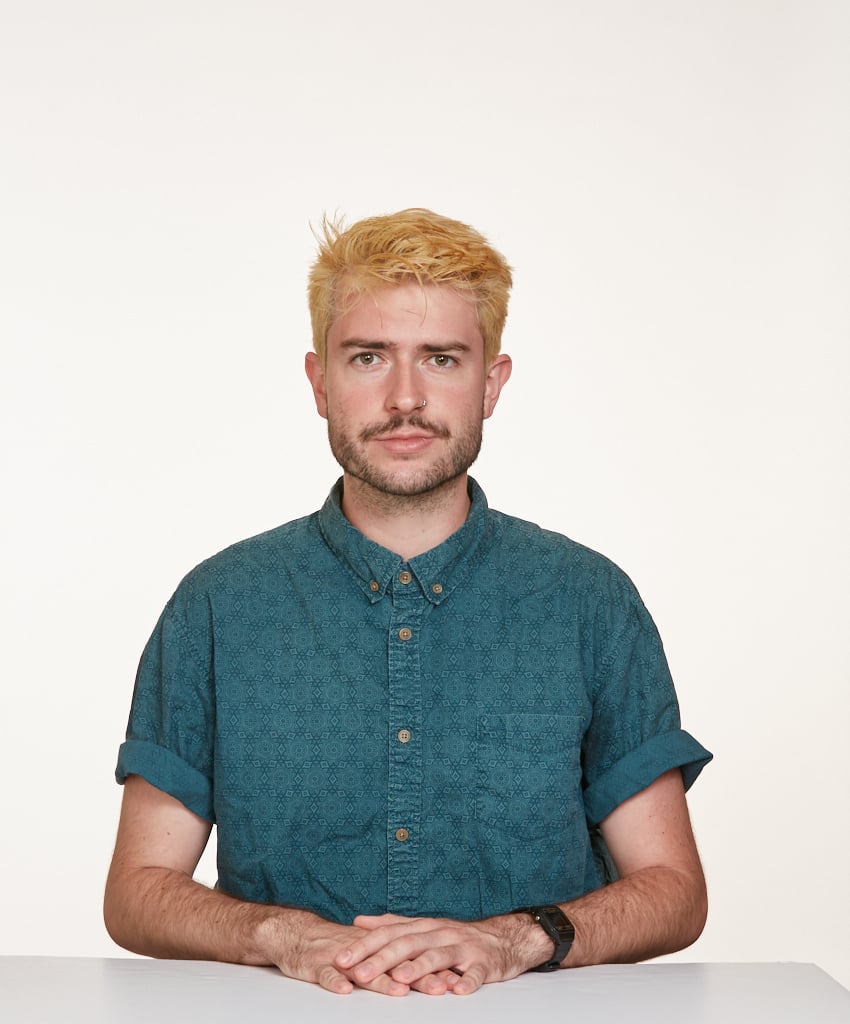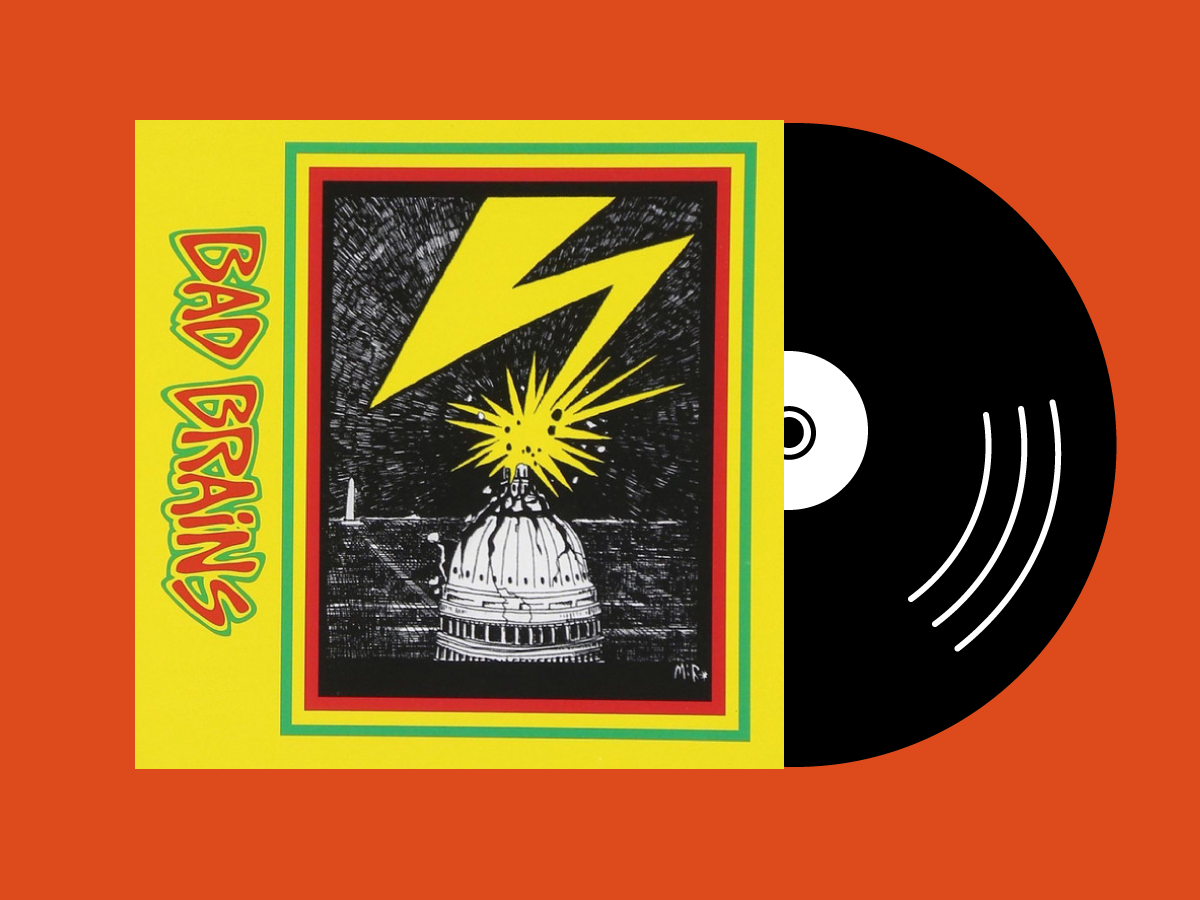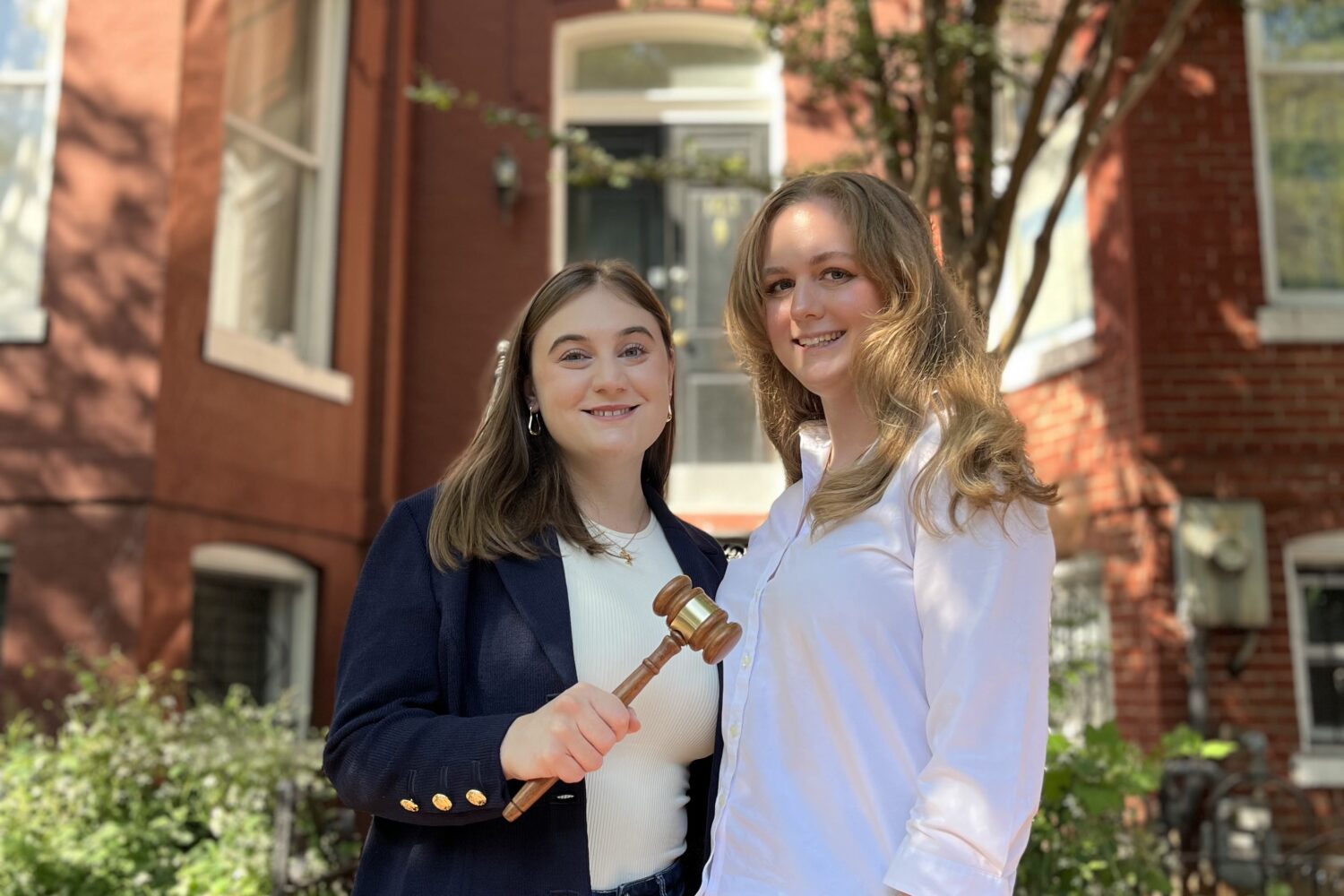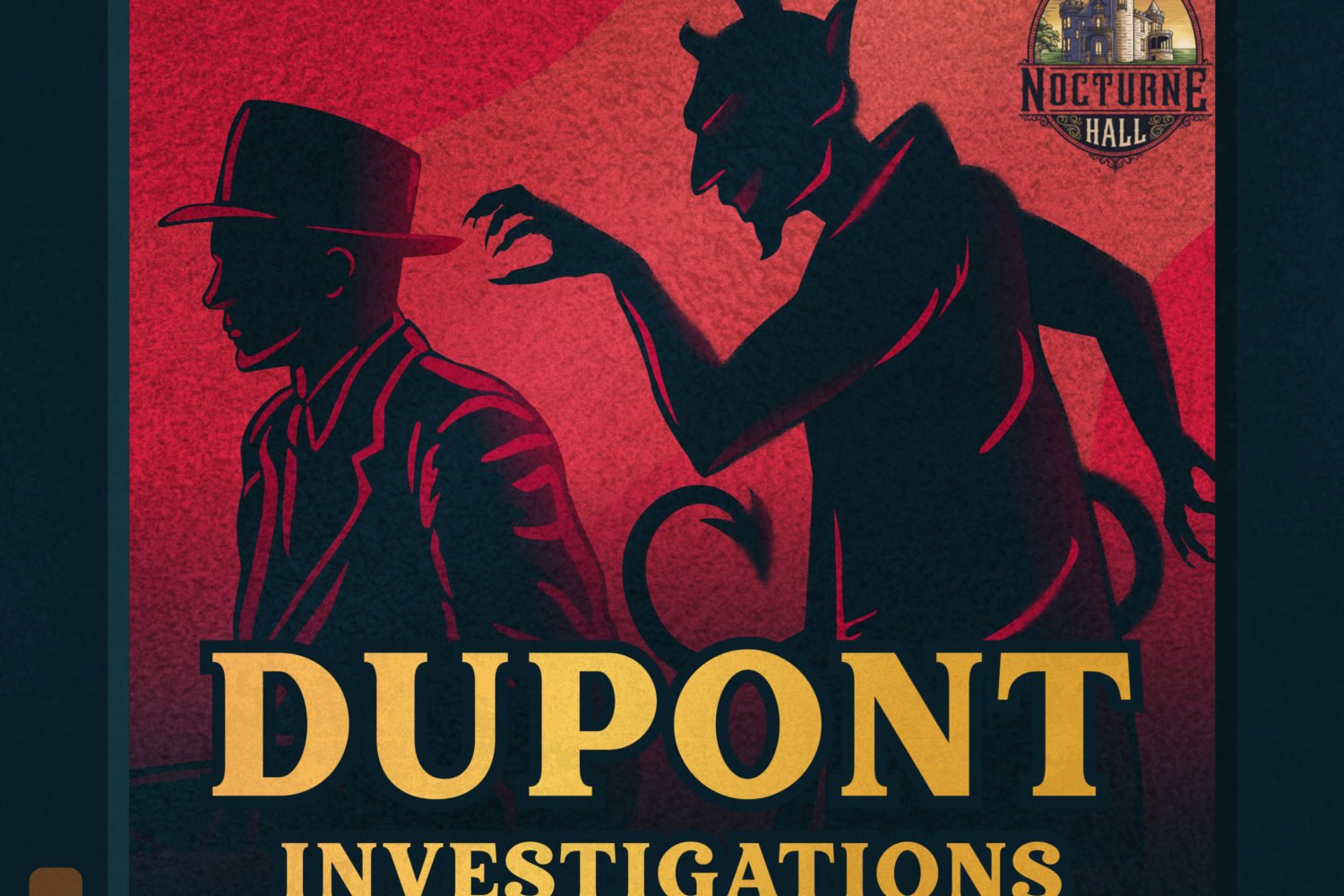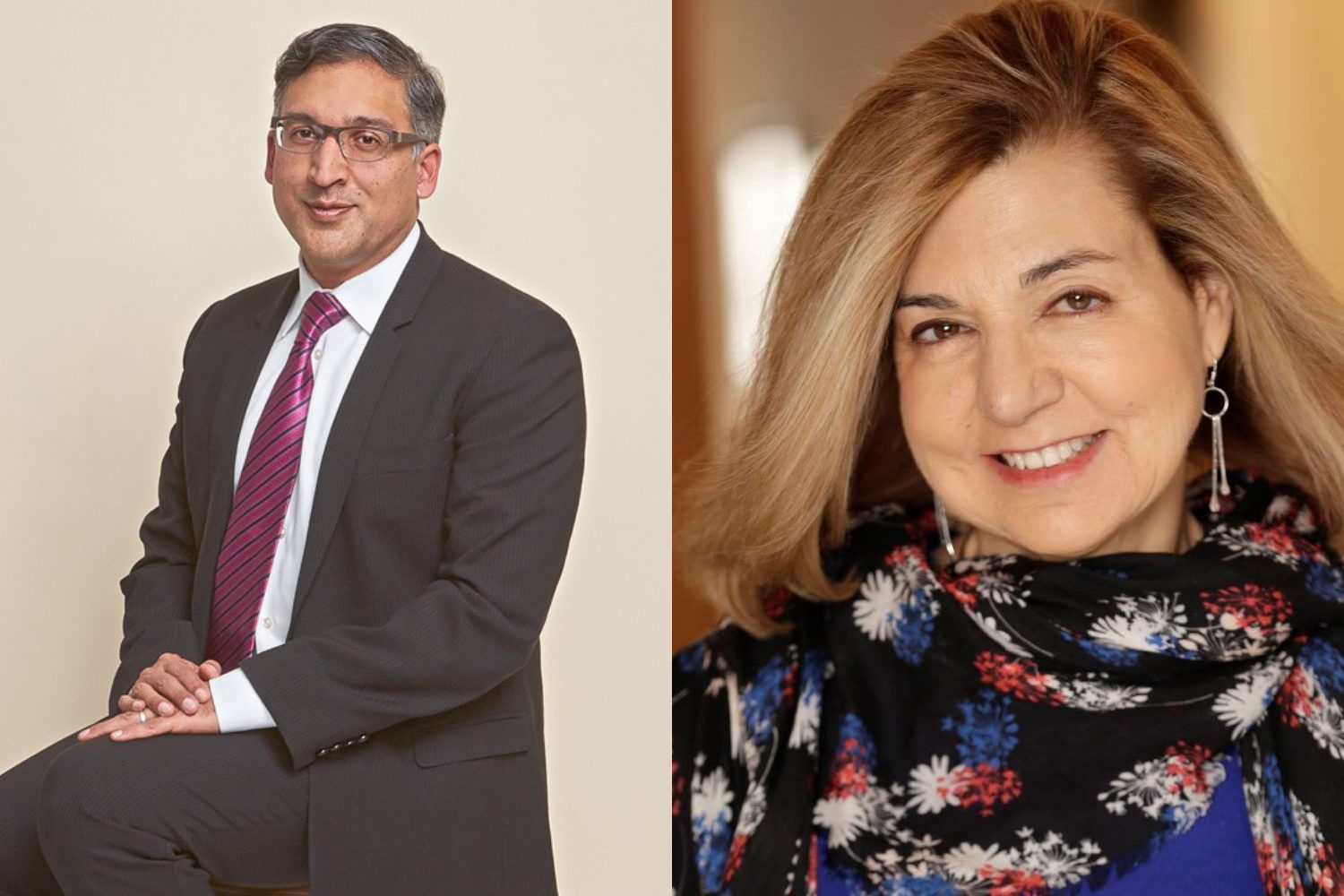In Today, Explained, Vox’s popular daily news podcast, host Sean Rameswaram delivers a 20-ish minute dissection of a single timely news story, such as the recent hubbub surrounding vape-related illnesses. The show is typically built around interviews, usually with reporters covering the subject, but ultimately it’s Rameswaram’s approachable intelligence that makes it compelling. Produced at Vox’s DC offices, it offers a punchy, casual tone that stands out in an increasingly crowded podcast field. Rameswaram talks about why news shouldn’t be relentlessly depressing, his predictions for the future of podcasting, and why he refuses to listen to WAMU in the mornings.
There are a bunch of daily news-focused podcasts out there. What distinguishes Today, Explained?
Today, Explained is like the smart friend you call when you don’t understand the news, who’s aware of everything and will tell it to you in a way that feels human and makes you understand it really well. It isn’t the professor you go to during her office hours to be, like, “Oh, this thing about John Locke and his political theory.” It’s delivered in a casual, friendly way.
Why is that a useful quality to have?
Because the news is fucking tough these days, man. If we came to you every day with, “This is the news—the news is bad today,” you would grow really weary of the news and you might tune out completely. It’s really important to not tune out completely right now.
Tell me about how you put this together every day. What is your routine?
Recently, I’ve tried to make my daily routine more defined. It used to be sort of amorphous. I wake up at 6:59 AM so I can listen to public radio’s newscast first thing in the morning to get a sense of what’s going on in the world.
WAMU?
This is a nasty confession: I listen to WNYC in New York. I’ve worked for both stations. This isn’t going to win me any praise in the District. WAMU is where I started ten years ago. I was struggling to get my voice on the radio and it was really hard. Every morning I’d wake up and listen to Matt McCleskey and totally consume every aspect of the morning broadcast. At the time I was tutoring in DC public schools, working in retail at Club Monaco in Georgetown, teaching [English as a second language] in Annandale, teaching in Silver Spring. So many different hustles. I didn’t have a car—I just rode a bike everywhere and got on buses and trains and the Metro. All of it was to support a career I wanted in public radio that just was not happening. They would not let me on the radio. They eventually paid me $15 an hour to write for other reporters. Eventually, obviously, I get on the radio in Santa Cruz and I move to New York to work at WNYC. When I moved here for the second time, in 2017, I turn on WAMU in the morning and I was like, “This is like PTSD for me.”
When do you get to work?
Usually around 7:30, 8 AM, and we start jamming on that day’s show. We’re doing interviews for tomorrow’s show. We’re doing interviews for today’s show. Before the interview, we talk to the producer, get a sense of what the structure is because you don’t want to go in there without a plan. We have a plan, you go in, everything goes to shit, you then do triage on that, figure out how we’re going to fix it. Do you have to bring the guest back? No? It’s good, we can do this. We can do that. Put this thing at the top, put that thing at the bottom, put some scoring there, put some clips here. It’ll work.
Where are we in the morning at this point?
Maybe 10-ish. After that, the producer goes and starts chopping it up. I might go to work on another interview. Then a producer might have our first draft, second draft of the cut. Then we do, like, real edits. This piece of music isn’t quite right, this clip is too long. This explanation’s kind of confusing, is there anything we can do to clean it up a little bit. That’s bringing us closer to like 1, 2 PM. Around 3 PM we’re finalizing the show, coming up with a funny title, a smart title, a good summary. Then around 4 or 5 PM we publish. We clap.
Every time?
Every time. Then we immediately get started on the next show.
How long does it take to produce an episode?
All told, one episode probably has a minimum of ten hours going into it, a maximum of 25.
Have you ever turned over an episode in a single day?
Yeah, all the time. We’ve turned over an episode in like four hours. That’s true. I said minimum ten, but now that you bring that up… Like when Anthony Kennedy retired from the Supreme Court we turned around an episode in a few hours. When Brett Kavanaugh was testifying before Congress we turned around an episode in like two or three hours.
It seems like there’s a trend where news is being delivered in a more casual tone, even with some of the more serious news outlets. As the host of a casually voiced program, why do you think that’s happening?
The medium, especially in podcasting, is just expanding. There aren’t as many rules. There’s space for whatever it is—eight daily news podcasts. People listen to all of them.
Is there room for that many? People talk about this coming…
Bubble? You’re talking about the bubble? Are we going to talk about the bubble right now?
Yes, let’s talk about the bubble.
I do think it’s getting harder and harder to launch a daily news podcast because there are now so many. We personally are not scared of the bubble. We have a lot of listeners. They seem to really love the show. It’s working out pretty well. But sure, there could be a bubble, there could be one too many daily news podcasts. We have like seven dudes named Jimmy doing late-night TV. You got Samantha Bee doing late night TV, you’ve got Trevor Noah doing late night TV, you’ve got John Oliver on HBO doing late night TV. There’s so many late night television shows, and nobody I know even watches TV anymore. There can be a lot of daily news podcasts so long as they’re doing something different. If they have something different to offer, they’re going to find an audience.
When we look back on this era of podcasts, how are we going to see it?
I think we’re like the first shows to get onto black and white TV when families were just getting their television sets.
Podcasting has that much of a future?
Yes, we haven’t gotten to the color TV. We haven’t gotten to the wide screen, flat screen, big screen. We haven’t gotten to 3-D. We haven’t gotten to Netflix streaming, to YouTube. We’re just in the early stages. It’s going to get wild. I’m excited to see where it goes.
This interview has been edited and condensed.

